I. Introduction
Lufthansa, officially known as Deutsche Lufthansa AG, stands as one of the world’s leading airlines, both in terms of passenger traffic and fleet size. Headquartered in Cologne, Germany, Lufthansa is renowned for its dedication to quality, innovation, and customer satisfaction. The airline operates under the umbrella of the Lufthansa Group, which encompasses several other prominent aviation brands, including Swiss International Air Lines, Austrian Airlines, and Brussels Airlines. This extensive network allows Lufthansa to offer a comprehensive range of services, connecting numerous destinations across the globe with a high degree of efficiency and reliability.
With a rich history that spans nearly a century, Lufthansa has played a pivotal role in shaping the aviation industry. From its humble beginnings in the mid-20th century to its current status as a global aviation giant, the airline’s journey is marked by a series of strategic expansions, technological advancements, and continuous improvements in passenger experience. Today, Lufthansa is not only a symbol of German engineering and precision but also a key player in global air travel, known for its commitment to safety, sustainability, and service excellence.
In this detailed profile, we will delve into various aspects of Lufthansa’s operations, exploring its historical milestones, modern fleet, extensive range of destinations, and the exceptional customer experience it strives to provide. Through this comprehensive examination, we aim to offer a deeper understanding of what makes Lufthansa a preferred choice for millions of travelers worldwide.
II. History and Background
A. Founding and Early Years
Lufthansa’s origins can be traced back to January 6, 1926, when Deutsche Luft Hansa A.G. was formed through the merger of Deutscher Aero Lloyd and Junkers Luftverkehr. This merger created a formidable force in the early aviation industry, enabling the new entity to expand its services rapidly across Germany and Europe. The name “Lufthansa” itself combines the German word “Luft,” meaning “air,” and “Hansa,” a nod to the Hanseatic League, a powerful medieval trading group, symbolizing the airline’s commitment to commerce and connectivity.
During its early years, Lufthansa quickly established itself as a pioneer in aviation, being among the first to operate night flights and develop innovative navigational techniques. Despite facing significant challenges, including the impact of the Great Depression and the political turbulence of the 1930s, Lufthansa continued to grow its fleet and network, laying the foundation for its future success.
B. Expansion and Growth
The post-World War II era marked a new chapter for Lufthansa. The airline was re-established on January 6, 1953, and commenced operations on April 1, 1955. This period was characterized by rapid expansion and modernization. Lufthansa’s fleet grew with the acquisition of advanced aircraft, including the iconic Boeing 707, which enabled the airline to offer transatlantic flights. By the 1960s, Lufthansa had firmly established itself as a global player, providing extensive services to North America, Asia, and Africa.
The 1970s and 1980s saw continued growth and innovation. Lufthansa was among the first airlines to introduce wide-body aircraft, such as the Boeing 747, into its fleet, significantly enhancing its capacity and range. During this period, the airline also expanded its cargo operations, becoming a leader in air freight services. Strategic investments in technology and infrastructure further solidified Lufthansa’s position in the competitive airline industry.
C. Modern Era Developments
Entering the modern era, Lufthansa has continued to evolve and adapt to the dynamic aviation landscape. In the 1990s, the airline became a founding member of the Star Alliance, the world’s largest global airline alliance, which enhanced its connectivity and offered passengers a seamless travel experience across member airlines. This strategic move underscored Lufthansa’s commitment to collaboration and customer service.
The 21st century has brought new challenges and opportunities. Lufthansa has focused on sustainability, investing in fuel-efficient aircraft and implementing eco-friendly practices to reduce its environmental impact. The airline has also embraced digital transformation, enhancing its online services and in-flight connectivity to meet the changing needs of passengers.
Throughout its history, Lufthansa has demonstrated resilience and innovation, navigating through economic downturns, geopolitical shifts, and industry disruptions. Today, it stands as a testament to the enduring spirit of aviation, continually striving to provide exceptional service and connect people across the globe.
III. Fleet and Destinations
Lufthansa, Germany’s flagship carrier, is renowned for its extensive fleet and impressive array of global destinations. This section delves into the various types of aircraft that make up Lufthansa’s fleet, the breadth of their global reach, and the strategic partnerships and alliances that amplify their global presence.
A. Types of Aircraft
Lufthansa boasts one of the most modern and diverse fleets in the aviation industry. The airline operates a mix of short-haul, medium-haul, and long-haul aircraft to cater to different route demands and passenger needs. Among the standout models in Lufthansa’s fleet are:
- Short-Haul Aircraft:
- Airbus A320 Family: Comprising the A319, A320, and A321 models, this family is a cornerstone of Lufthansa’s European and domestic operations. Known for their efficiency and reliability, these aircraft provide a comfortable experience for short to medium-distance flights.
- Bombardier CRJ900: Utilized for regional routes, the CRJ900 offers flexibility and efficiency, connecting smaller cities to major Lufthansa hubs.
- Medium-Haul Aircraft:
- Airbus A321neo: An upgraded version of the A321, the A321neo features improved fuel efficiency and enhanced passenger comfort. It is used on high-demand medium-haul routes.
- Boeing 737-800: Though being phased out, the Boeing 737-800 has been a workhorse for medium-haul routes, providing reliable service over the years.
- Long-Haul Aircraft:
- Airbus A350-900: A key player in Lufthansa’s long-haul fleet, the A350-900 is lauded for its fuel efficiency, range, and passenger comfort. It serves many intercontinental routes.
- Boeing 747-8: Known as the “Queen of the Skies,” the Boeing 747-8 is iconic for its size and capacity, serving major international routes with high passenger demand.
- Airbus A380: The world’s largest passenger aircraft, the A380, is employed on high-capacity routes, offering unparalleled space and luxury.
B. Global Destinations
Lufthansa’s global network is vast and meticulously planned to connect passengers to key destinations worldwide. The airline serves more than 200 destinations across nearly 80 countries, spanning every continent except Antarctica. Major hubs such as Frankfurt and Munich serve as pivotal gateways, facilitating smooth connections for passengers traveling across continents.
- Europe:
- Lufthansa operates an extensive network within Europe, connecting major cities like Paris, London, Rome, Madrid, and more. Regional flights ensure connectivity to smaller cities and lesser-known destinations.
- North America:
- In North America, Lufthansa flies to major cities including New York, Los Angeles, Chicago, and Toronto. These routes cater to both business and leisure travelers, maintaining strong transatlantic ties.
- Asia and Oceania:
- Key destinations in Asia include Beijing, Tokyo, Singapore, and Mumbai. Lufthansa also flies to major cities in Australia, such as Sydney and Melbourne, providing vital links to this distant region.
- Africa and the Middle East:
- Lufthansa’s presence in Africa includes destinations like Johannesburg and Nairobi, while in the Middle East, cities such as Dubai and Riyadh are well-served.
C. Partnerships and Alliances
Strategic partnerships and alliances are fundamental to Lufthansa’s global strategy. As a founding member of the Star Alliance, the world’s largest global airline alliance, Lufthansa benefits from a network that includes over 26 member airlines. This alliance allows Lufthansa to offer its passengers seamless travel across an extensive network covering more than 1,300 destinations globally.
- Code-Sharing Agreements:
- Through code-sharing agreements with airlines such as United Airlines, Air Canada, and Singapore Airlines, Lufthansa can extend its reach further and offer more flexible travel options to its customers.
- Joint Ventures:
- Lufthansa has entered into several joint ventures, notably with United Airlines and Air Canada on transatlantic routes, and with All Nippon Airways (ANA) on routes to Japan. These collaborations enhance operational efficiency and provide passengers with more comprehensive service options.
In summary, Lufthansa’s fleet diversity, expansive global destinations, and strategic alliances underscore its position as a leading airline in the international arena. The airline’s commitment to modernizing its fleet ensures it remains at the forefront of aviation technology, while its extensive network and partnerships enable it to offer unparalleled connectivity to travelers around the world.
IV. Customer Experience
Lufthansa has long been synonymous with providing a premium customer experience, blending German efficiency with a keen focus on passenger comfort and satisfaction. The airline’s commitment to excellence is evident in various facets of its service offerings, from in-flight amenities to loyalty programs and customer feedback mechanisms.
A. In-flight Services
Lufthansa’s in-flight services are designed to cater to a diverse range of passenger needs, ensuring a comfortable and enjoyable journey for all. The airline offers multiple classes of service, including Economy, Premium Economy, Business, and First Class, each tailored to specific passenger expectations.
- Economy Class: Passengers can enjoy ergonomic seating, complimentary meals and beverages, and access to an extensive in-flight entertainment system that features a wide selection of movies, TV shows, music, and games.
- Premium Economy: Offers enhanced comfort with more legroom, wider seats, and additional baggage allowance, alongside upgraded meal options and priority boarding.
- Business Class: Fully lie-flat seats, gourmet dining options curated by top chefs, and access to exclusive airport lounges. Additionally, amenities include noise-canceling headphones, luxury toiletries, and high-speed internet connectivity.
- First Class: Spacious private suites, personalized service, and a la carte dining with fine wines and champagnes. First Class passengers also benefit from dedicated check-in counters, expedited security screening, and private limousine transfers to and from the aircraft at select airports.
B. Loyalty Programs
Lufthansa’s frequent flyer program, Miles & More, is one of the most extensive and rewarding loyalty programs in the aviation industry. Members earn miles for every flight, which can be redeemed for a variety of rewards, including free flights, upgrades, and exclusive experiences.
The program features multiple tiers: Basic, Frequent Traveller, Senator, and HON Circle, each offering increasing levels of benefits and privileges. Frequent Traveller members gain access to Business Class lounges and priority services, while Senator and HON Circle members enjoy First Class lounge access, additional baggage allowances, and a higher mile-earning rate.
Miles & More also partners with a wide array of hotels, car rental agencies, and retail brands, allowing members to earn and spend miles across a broad spectrum of services beyond just air travel. This versatility makes the program highly attractive to frequent travelers and loyal customers.
C. Customer Reviews and Feedback
Lufthansa places a strong emphasis on customer feedback, continuously refining its services based on passenger reviews and industry benchmarks. The airline frequently conducts surveys and encourages passengers to share their experiences, both positive and constructive.
Customer reviews often highlight Lufthansa’s punctuality, professional staff, and the quality of in-flight amenities. Many passengers appreciate the meticulous attention to detail, from the cleanliness of the cabins to the efficiency of the boarding process. However, like any major airline, Lufthansa also faces occasional criticisms, usually related to flight delays or baggage handling issues. The airline is proactive in addressing these concerns, often reaching out directly to dissatisfied customers and implementing improvements based on their feedback.
In summary, Lufthansa’s customer experience is a testament to its dedication to high standards and passenger satisfaction. Through superior in-flight services, a rewarding loyalty program, and a commitment to listening to its customers, Lufthansa ensures that each journey is as enjoyable and stress-free as possible.
V. Conclusion
Lufthansa, with its rich history and expansive global footprint, stands as a testament to innovation and resilience in the aviation industry. From its early beginnings in 1926, the airline has navigated numerous challenges and opportunities, evolving into a leading player in the international travel market. Its modern fleet, comprising a diverse range of state-of-the-art aircraft, serves an extensive network of destinations worldwide, underscoring its commitment to connecting people and places.
The airline’s strategic partnerships and alliances, particularly with the Star Alliance, further enhance its global reach and operational efficiency. These collaborations enable Lufthansa to offer a seamless travel experience, providing passengers with a plethora of options and benefits across different carriers.
Customer experience remains at the heart of Lufthansa’s operations. The airline continuously invests in upgrading its in-flight services, ensuring a comfortable and enjoyable journey for all passengers. Its loyalty programs, such as Miles & More, reward frequent flyers with a host of privileges, fostering customer retention and satisfaction. Furthermore, Lufthansa’s proactive approach to gathering and acting on customer feedback highlights its dedication to service excellence.
In conclusion, Lufthansa’s enduring success is a result of its strategic vision, adaptability, and unwavering focus on customer satisfaction. As the airline industry continues to evolve, Lufthansa is well-positioned to maintain its leadership role, offering unparalleled service and connectivity to travelers around the globe.
Catch up on the top stories and travel deals by subscribing to our newsletter!

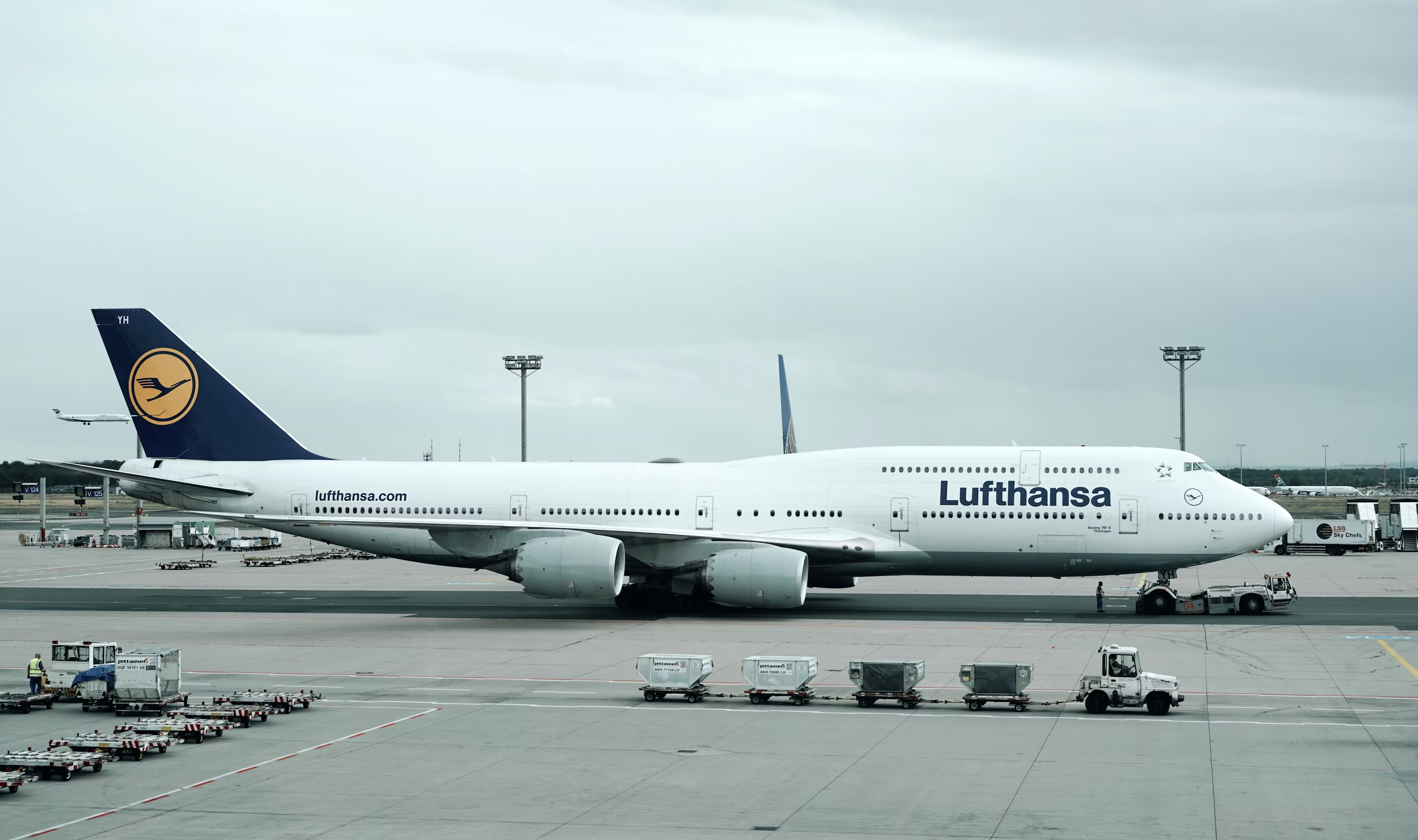

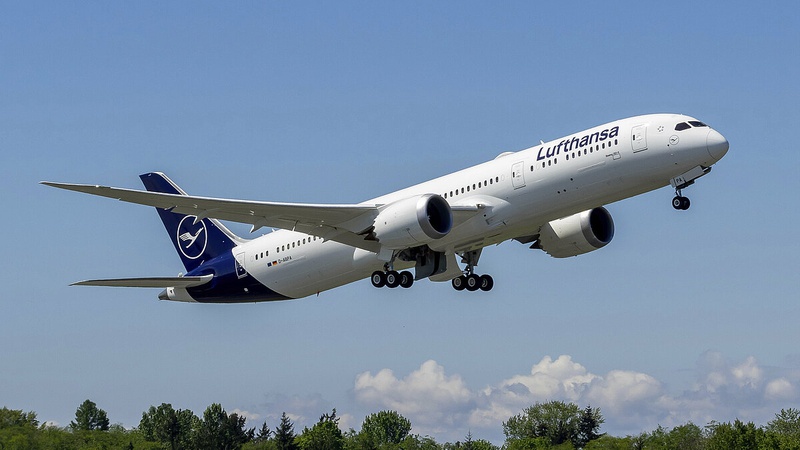
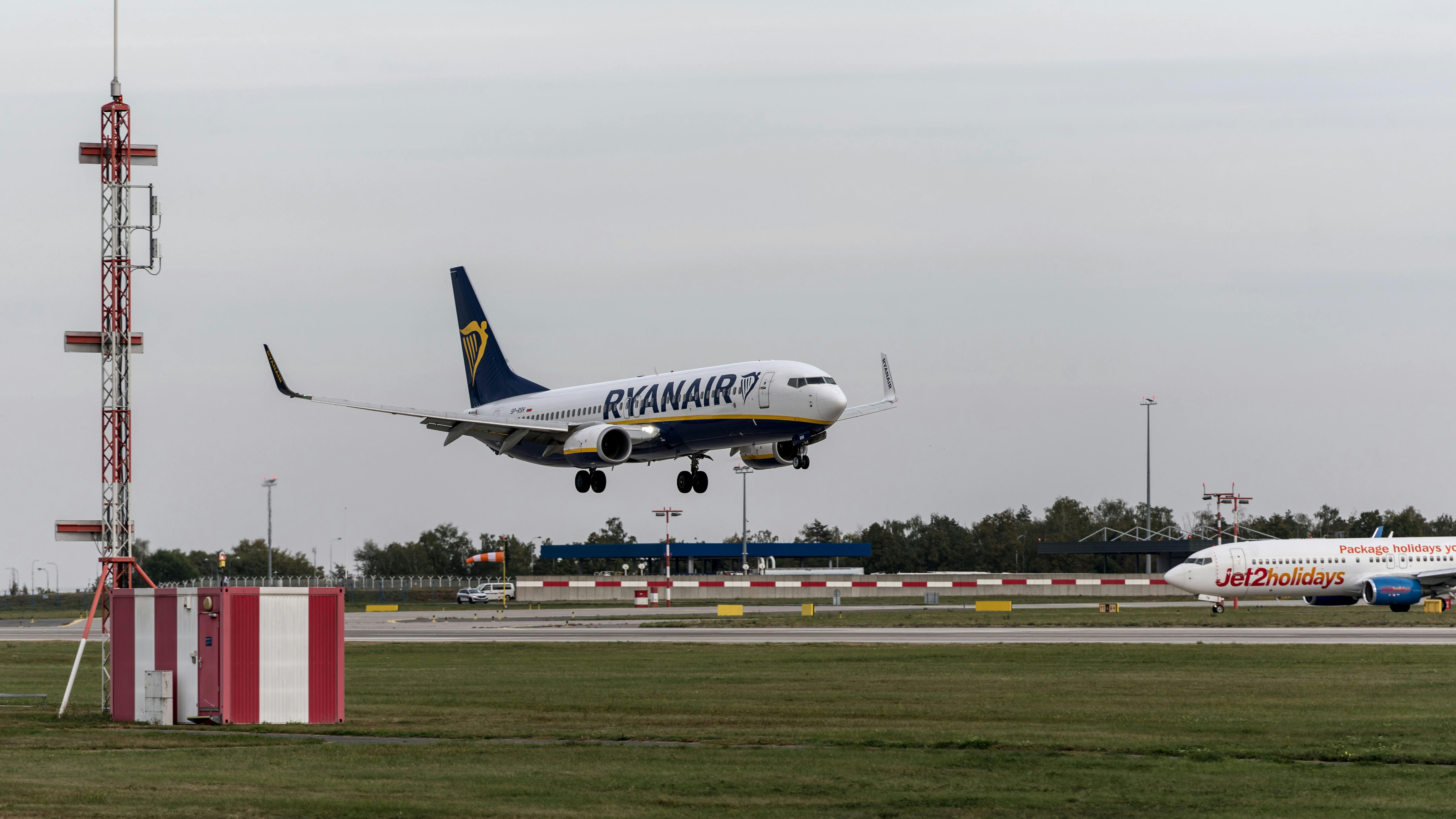
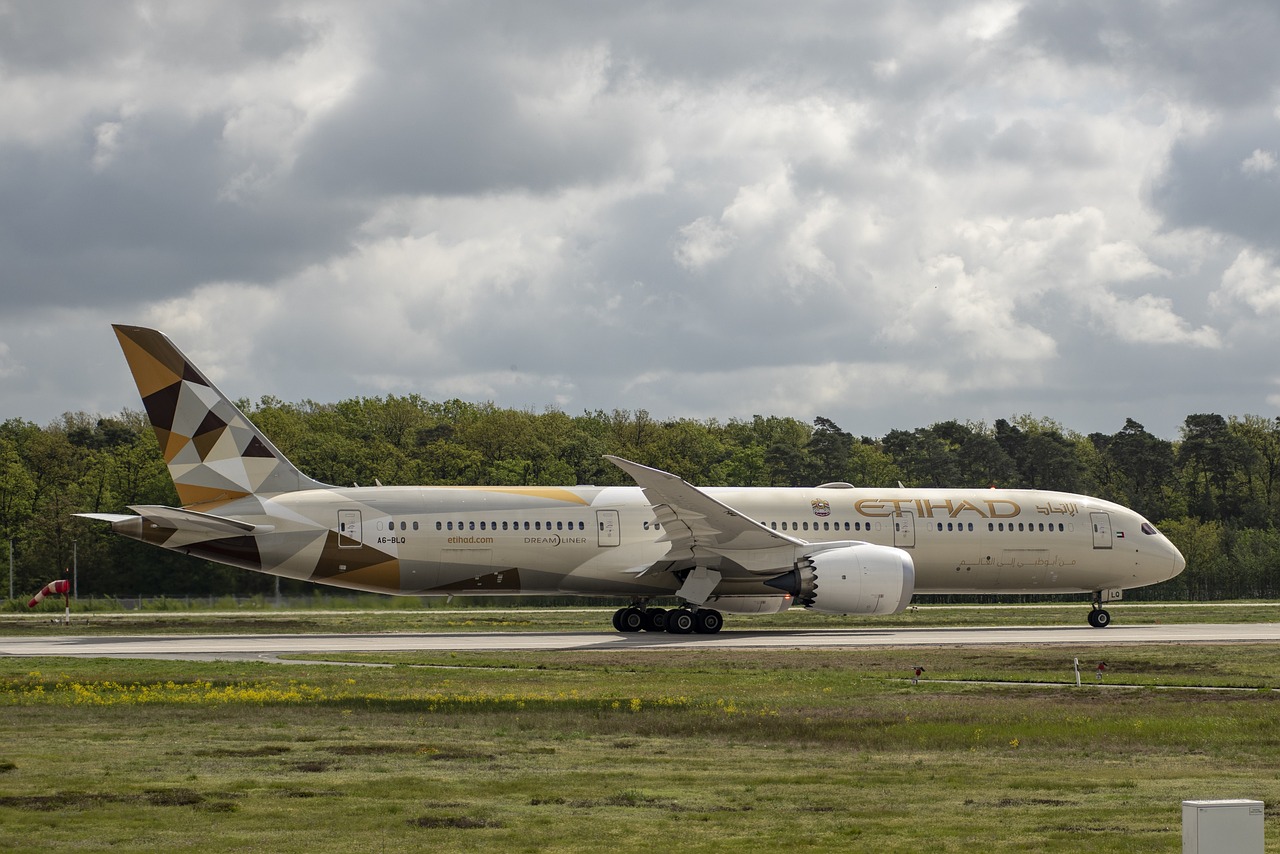
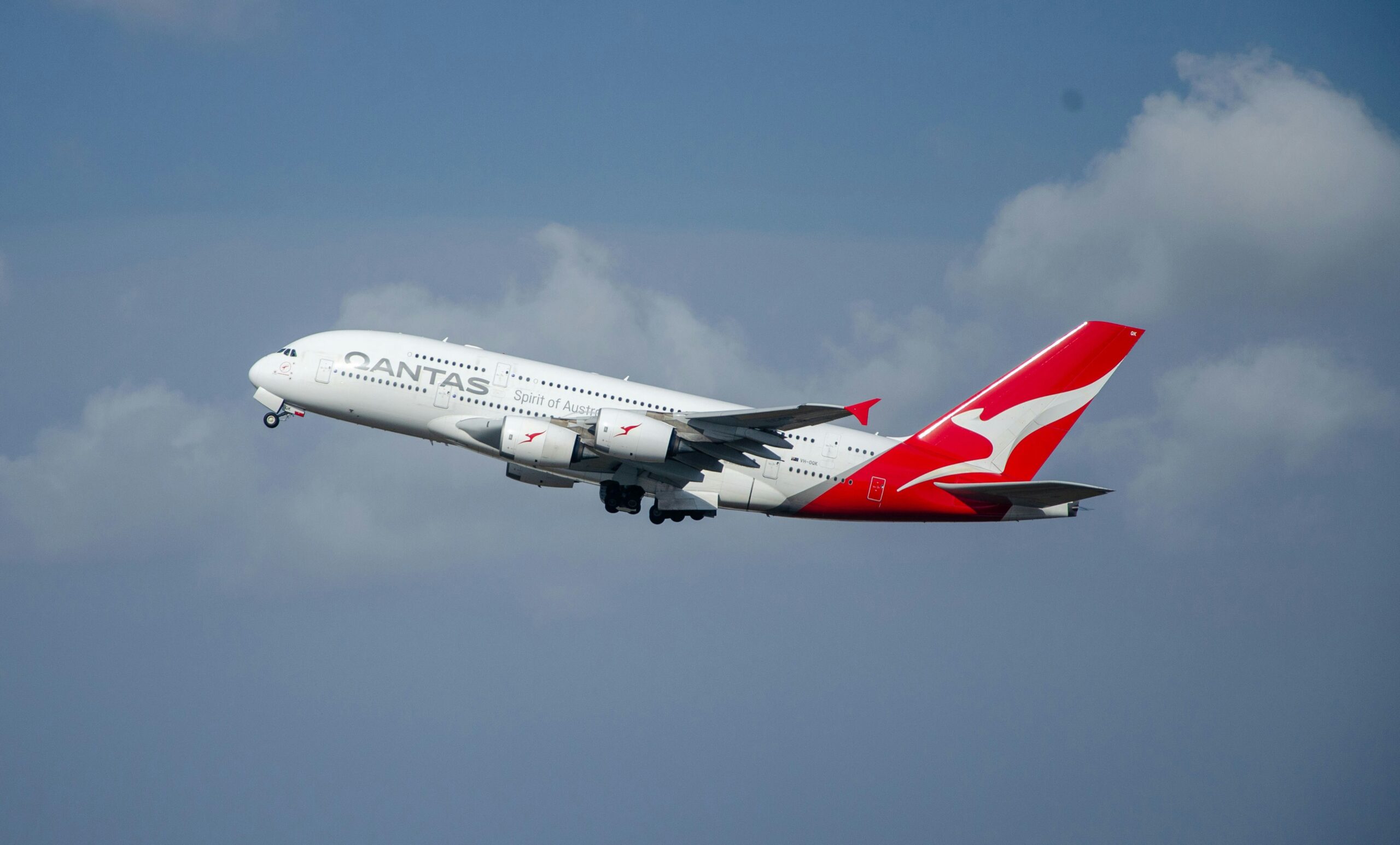
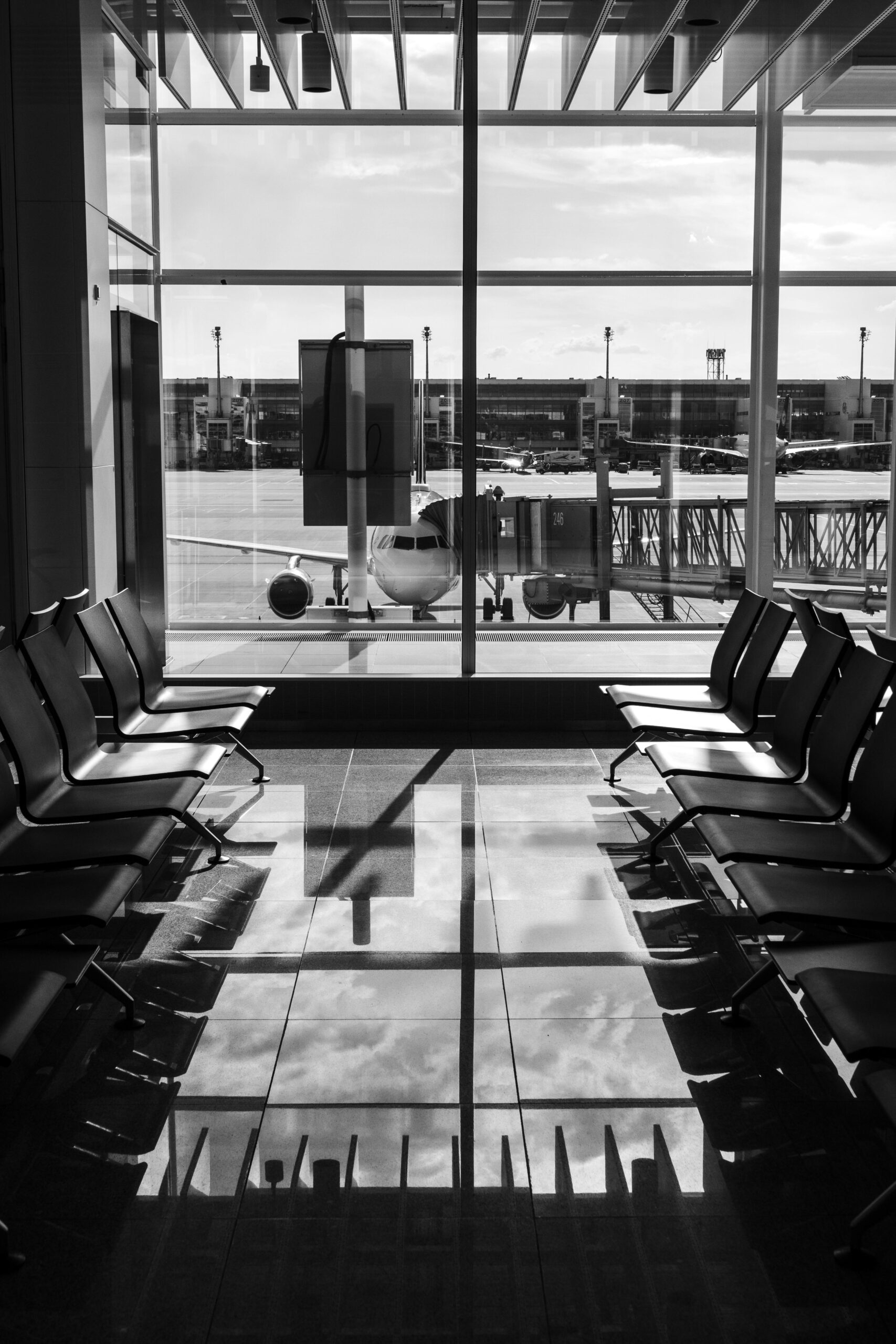

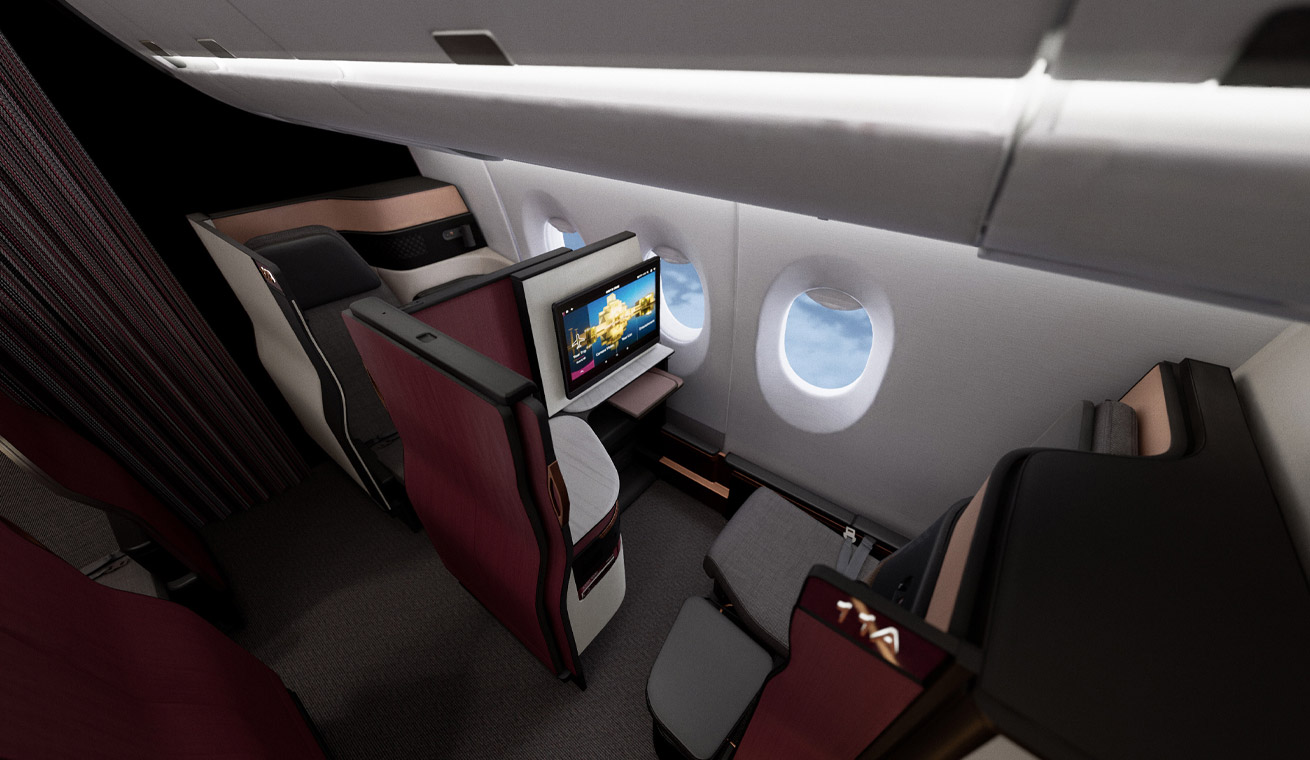
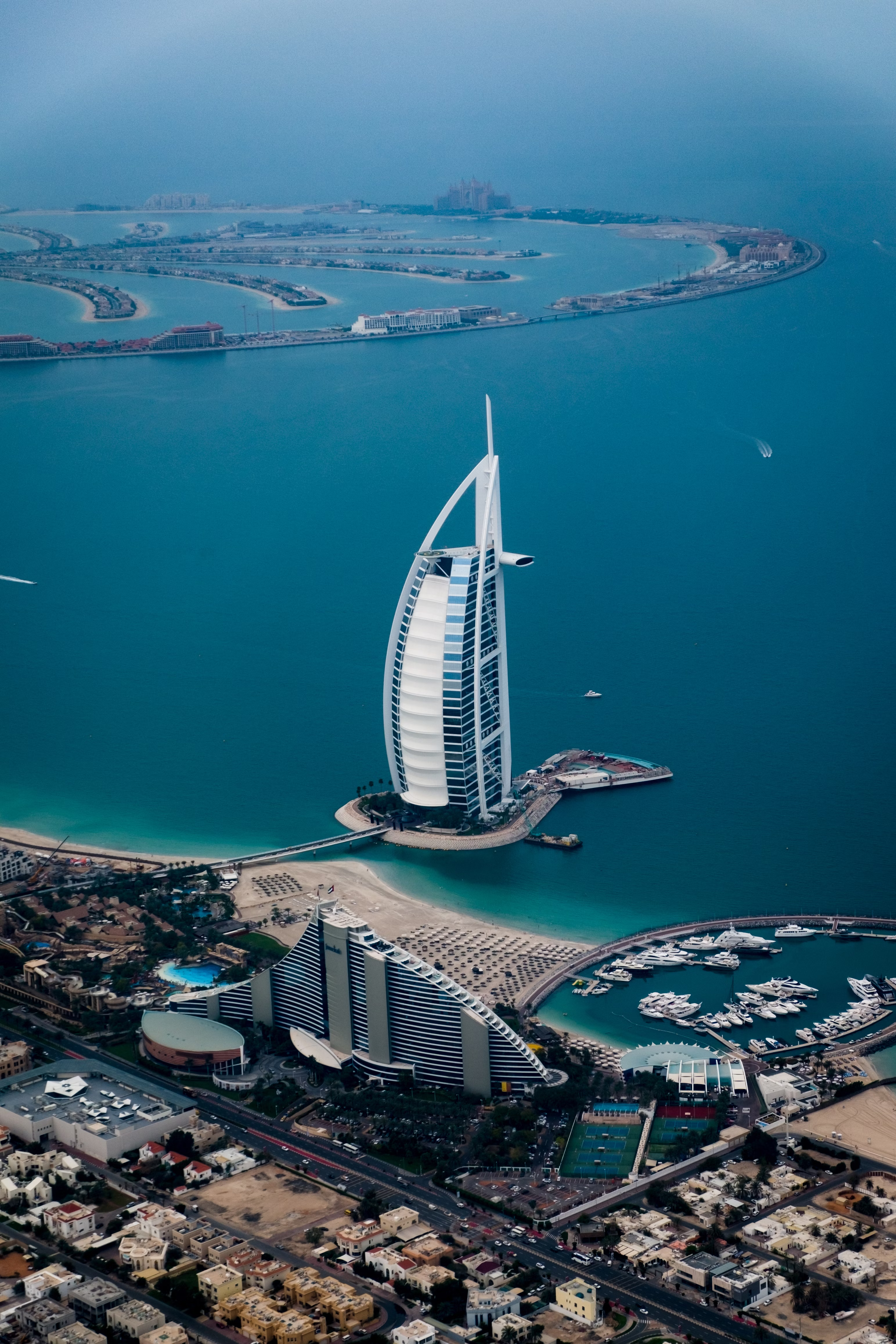

Leave a Reply